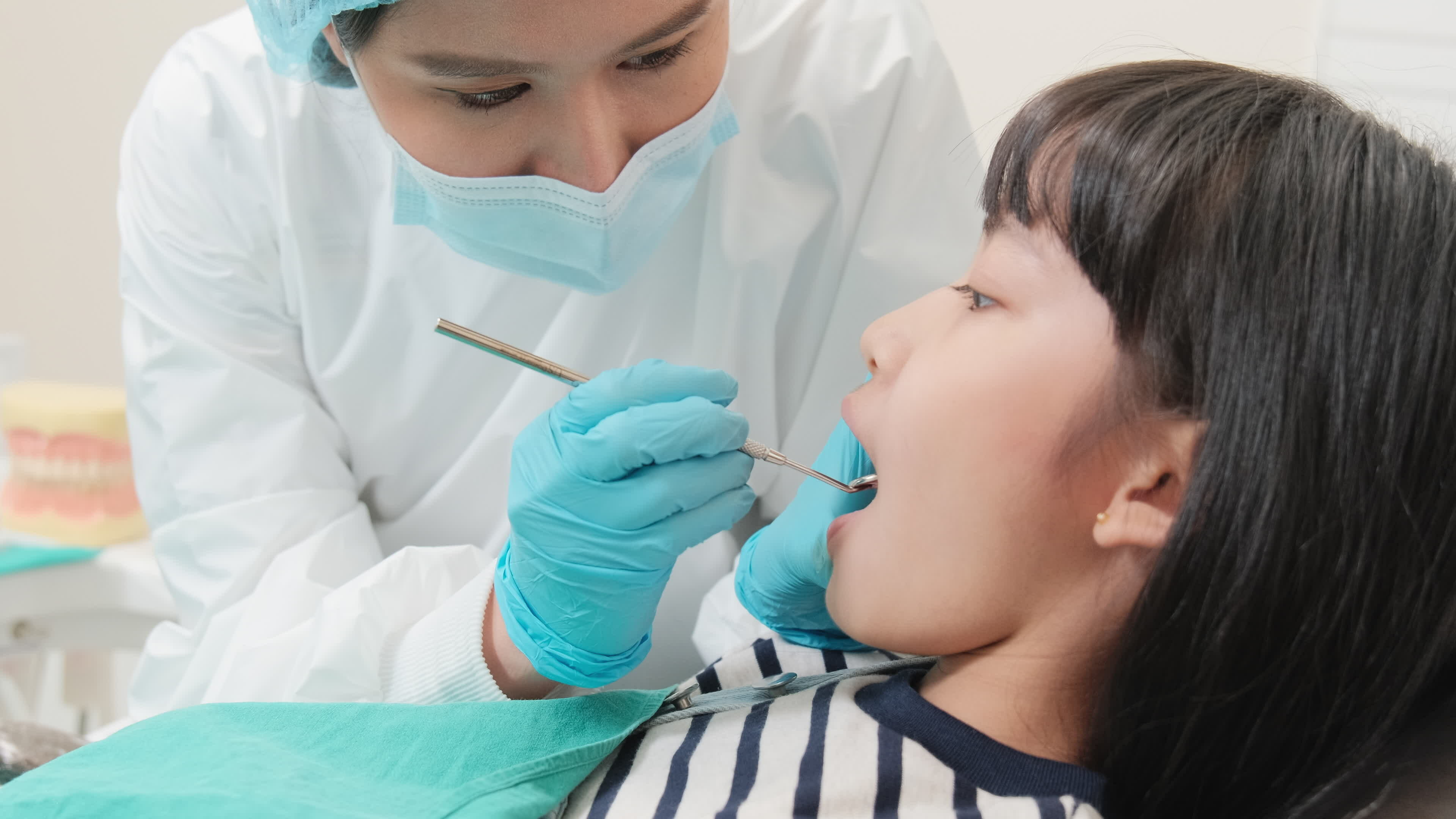Health
Child Dentist in Singapore Helps Fix Dental Malocclusions in Children

Dental malocclusions refer to improper alignment of teeth or a misfit in the jaws. It is best to consult a child dentist in Singapore if you suspect this issue in your child.
Thanks to their training in children’s oral health, a qualified child dentist in Singapore can identify and address malocclusions early. This is vital for proper development and growth modulation, ensuring that your child’s teeth and jaws form correctly. Early intervention through procedures like growth modulation can prevent more serious dental issues later on.
What Causes Malocclusion in Children?
If you suspect that your baby could be having malocclusion, you may wonder, what causes malocclusion in children? Here’s a good answer;
Malocclusion in children can stem from a variety of factors. Incidentally, this is what makes it a complex issue. Genetics and environment may play significant roles but key among the main causes of malocclusion in children though are prolonged thumb sucking and having inadequate space between baby teeth.
Prolonged thumb-sucking or finger-sucking past the age of 5 can contribute to malocclusion because this habit exerts pressure on the developing teeth and jaw. This continued pressure may lead to misalignment.
As for the inadequate space between baby teeth, when permanent teeth emerge, they are larger and necessitate more room. In cases where this space is insufficient, malocclusion may ensue. This emphasizes the importance of monitoring your child’s oral development during the transition from baby to adult teeth.
As earlier mentioned, in some instances, inherited traits may also be a factor. Certain dental conditions and jaw structures can be passed down through generations and increase the likelihood of malocclusion.
Environmental elements, like dietary habits, oral hygiene, and potential injuries, can also contribute. That said, it is crucial for you as a parents or a caregiver to be aware of these factors and seek timely intervention from a knowledgeable child dentist in Singapore if malocclusion is suspected.
This early attention could just be what you need prevent potential complications. It can also facilitate growth modulation, ensuring a healthy and properly aligned smile for your child’s future.
What is the most Common Malocclusion in Children?
There are different types of malocclusions so if you’re referred to a child dentist in Singapore for malocclusion; it is natural to wonder; what is the most common malocclusion in children? Now, there are three primary classes of malocclusion.
Each of these classes is based on the bite and the alignment of upper and lower teeth. The most common malocclusion in children is class 1 malocclusion. In class 1 malocclusion, the bite is generally normal. However, there’s a slight overlap of the upper teeth over the lower teeth.
Although it’s the mildest form, untreated class 1 malocclusion can lead to issues like crowding, and difficulty in cleaning teeth. It also comes with a greater risk of tooth decay and gum disease. The other classes of malocclusion you may also want to know about include classes 2 and 3 malocclusions;
- Class 2 Malocclusion (Retrognathism or Overbite): Class 2 malocclusion, often referred to as retrognathism or overbite, is a more severe form. In this case, the upper jaw and teeth significantly overlap the lower jaw and teeth. A class 2 malocclusion can cause problems with speech, chewing, and jaw joint discomfort. It may also affect facial aesthetics and self-esteem.
- Class 3 Malocclusion (Prognathism or Underbite): Class 3 malocclusion, known as prognathism or underbite, is another significant misalignment. In this type, the lower jaw protrudes or juts forward. This may lead to the lower jaw and teeth overlapping the upper jaw and teeth. An untreated Class 3 malocclusion can result in difficulty chewing, speech issues, and potential jaw joint problems.
What is the most Effective Treatment for Malocclusion?
Your best bet against malocclusion is early intervention. It is key to addressing this condition effectively.
If your baby is diagnosed with malocclusion, there are varied treatment options they may recommend. Key among these includes;
Braces
Braces work by applying a gentle, consistent force to shift misaligned teeth into proper alignment. This process involves reshaping the underlying bone in the tooth socket, to create a lasting correction.
In children with malocclusions, braces play a key role. They effectively guide teeth into their correct positions, correcting issues like overcrowding, overbites, or underbites.
This not only improves aesthetics. It also promotes proper jaw function. The growth modulation aspect is vital here, as early intervention with braces can steer the natural growth of teeth and jaws in the right direction, averting potential complications down the
Removing teeth
As you now understand, overcrowding of teeth in a child’s mouth may lead to misalignment issues. If overcrowding is diagnosed, your child dentist in Singapore might recommend tooth extraction to create more space.
This procedure aids in growth modulation and ensures teeth align properly. However, it’s not a one-size-fits-all solution.
Extraction is advised on a case-by-case basis. The key factors usually considered include the severity of malocclusion and overall oral health.
Using tooth alignersTop of Form
Tooth aligners are a highly effective solution for malocclusion in children. Just like braces, these clear, removable devices gently guide teeth into their proper positions.
They are recommended when malocclusions are detected early, ideally during the mixed dentition stage, around ages 7-10. This is when a child’s permanent teeth begin to emerge. Regular check-ins with a child dentist will track progress and ensure optimal results
Surgery of the jaw
Jaw surgery for malocclusion may be recommended if your child dentist suspects that the condition inherited issues or improperly healed fractures persist. This procedure, performed by skilled surgeons, realigns the jaw, to ensure proper bite and facial symmetry.
It’s recommended if non-invasive measures prove insufficient. Age-wise, it’s typically considered after skeletal maturity, often in the late teens.
Early intervention, however, is key for growth modulation and preventing future complications. Trust in your kids dentist and an experienced oral surgeon to guide you through this process.
It’s a Wrap!
There are several options for malocclusions management so don’t wait till the problem gets out of hand. If you suspect that your baby could be having a malocclusion, have them assessed by a knowledgeable child dentist in Singapore and an appropriate treatment started. To learn more about treatments for malocclusion in Singapore and the options available for your baby call or visit a skilled pediatric dentist at An Dental at;
An Dental – Orchard Dentist | Dental Implant | Wisdom Tooth Extraction | Kids Dentistry Singapore
People Also Reading:
Breathing Easy: Understanding Air Quality and Its Effects on Health
Breathing Easy: Understanding Air Quality and Its Effects on Health































